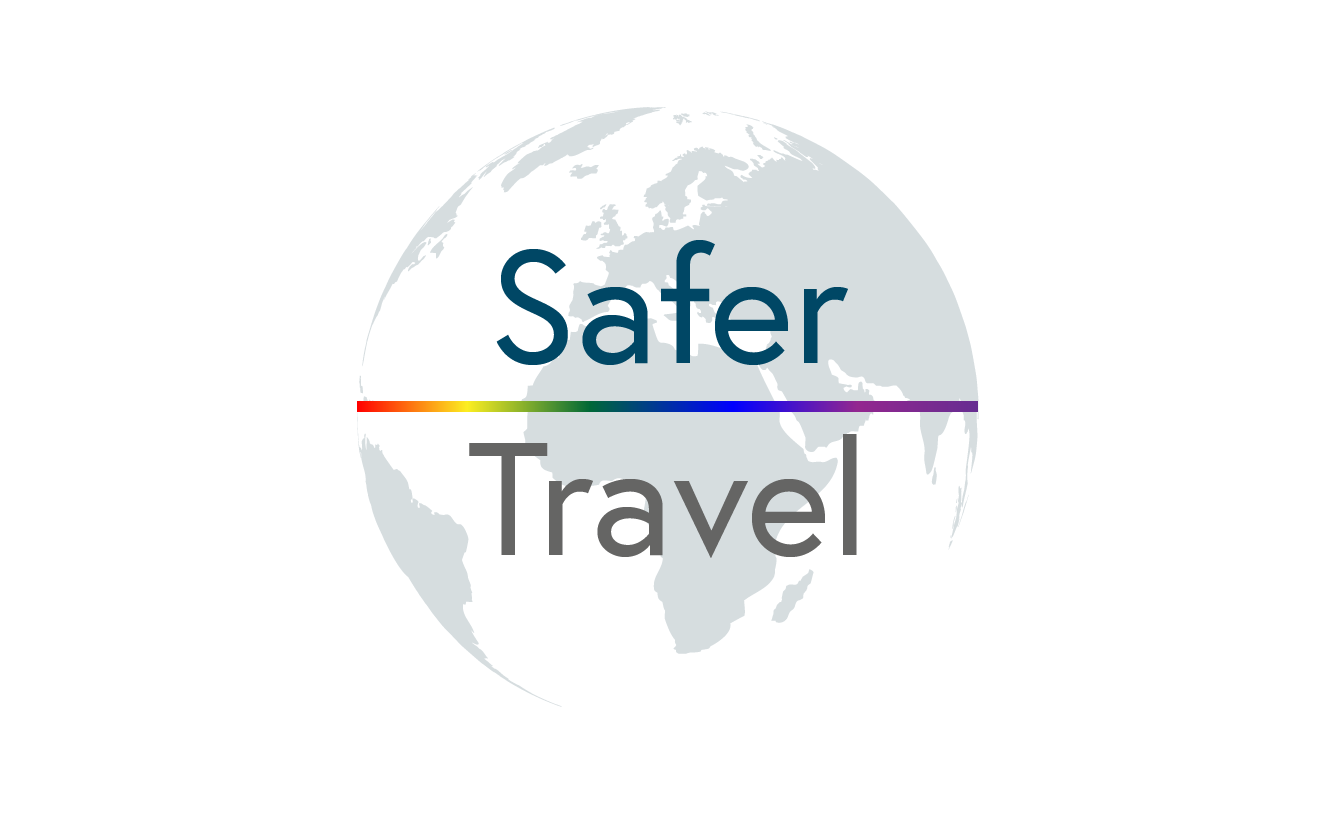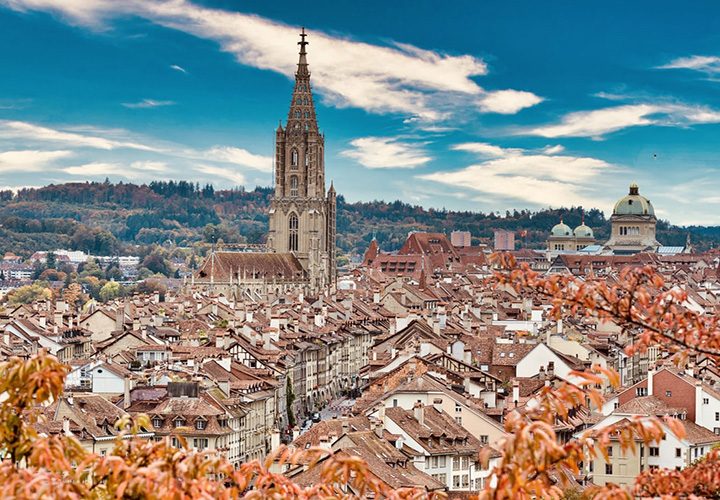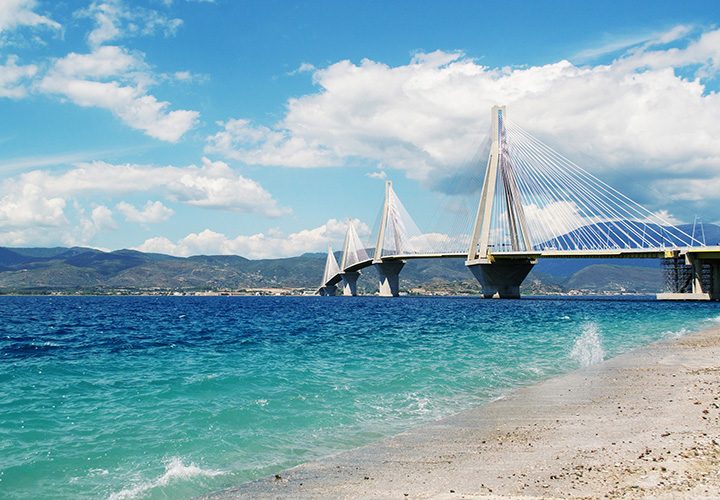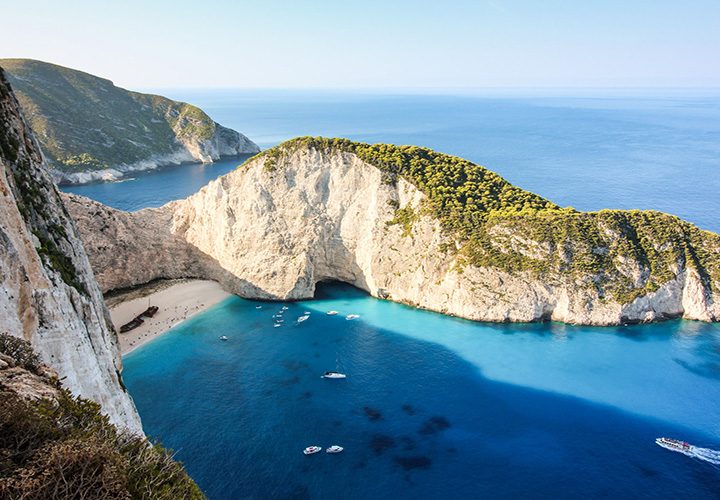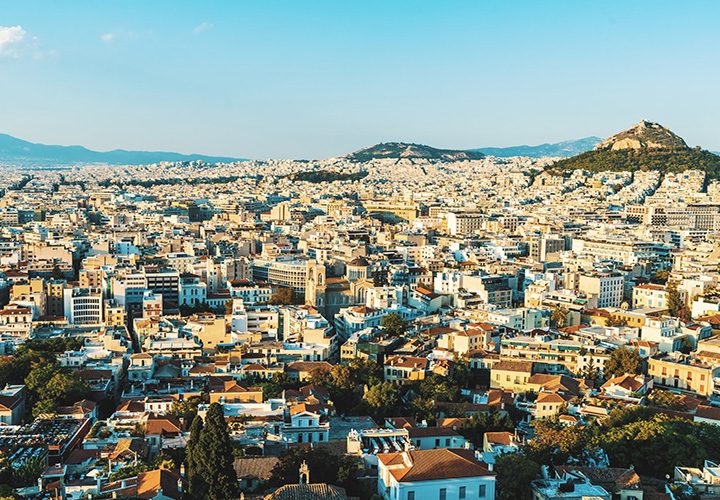Germany: Being Safe and Having Fun As A Post-Corona Tourist
With the global vaccination charge getting underway, it will, hopefully, be soon that we can ask ourselves where should we go on holiday? Which country will be the safest? Germany is currently an economic and political powerhouse of Europe, and as such is on track in vaccinating its people as efficiently as possible. Going into lockdown weeks before the UK did, the general understanding is that Germany has been, for the most part, on top of dealing with coronavirus.
Okay, lets use our imagination. Vaccine? Check! Lockdown over? Check! Travel ban lifted? Check! Affordable plane tickets? Check! What a lovely world we live in – what should you do now?
Here is a safe guide to tourism in Germany.
We’ll begin with the safety and end with the tourism. Now, even if everyone in the world is vaccinated, that doesn’t guarantee immunity – the vaccines are only up to 95% effective. This means that there is a 5% chance that if you encounter the virus you will be infected and suffer symptoms. It might be a milder case and it might not even happen, but there’s a chance. Not to mention that, there will be people who, for medical reasons, cannot be vaccinated. The point is that travel may be safer, but precautions will still be advised. Wearing masks should probably still be a thing. Germany has excellent public transport with train and tram use being widespread and convenient all over the country. It is likely that you will still be expected to wear a mask on public transportation. Personally, the prospect of no one every breathing on me again during cold season is a positive, but ultimately, that’s an opinion-based thing.
We all know the typical stuff to do in Germany: drink beer and look at history museums. What are some lesser known but equally thrilling activities or sites that you can visit? I’m going to talk you through something interesting to do in an array of major cities so no matter what part of Germany you are in, you’ve got an idea of what you can do.
The Humboldt Forum, Berlin
Listen, I said no history museums, but that doesn’t mean I can’t recommend science and art museums. The Humboldt Forum is a remarkable new place to discover art, culture and science in Berlin. Each floor is different and created with the intention of providing an engaging experience for its visitors. The Humboldt Laboratory- ‘a living workshop of ideas’- is a project thought up and ran by Berlin’s Humboldt University. It provides an area for all those who want to take part in the investigation and understanding of scientific research, covering all kinds of global problems and challenges. Learn about important things like climate change, environmental destruction, species extinction and major societal issues. There are also art exhibits from different cultures, such as Chinese court art, richly decorated houses from Palau, bronze and ivory reliefs from Benin and stelae from Guatemala. From the 5th millennium B.C. to the present day, culture art and traditions of all kinds of society are celebrated here.
Neuschwanstein Castle, Munich
If you’re in Munich, this excursion is well worth it. The royal castle of Ludwig II, Neuschwanstein Castle is one of the most visited castles and fortresses in Europe. Head 1.30/2hrs south by car (a combination of trains and buses will also take you there, but that will take longer) and experience this exceptional piece of history an architecture nestled in the German countryside. Surrounded by forest and atop the hills that lead into the beginning of the Alps, this castle was built to create a medieval fairy-tale escape from Germany in the 1800s.
Schanzenviertel, Hamburg
The Schanzenviertel neighbourhood is somewhere that you can explore in your own time at your own pace. You don’t always need a direct goal: go here, see this. Sometimes, you need a general direction and the option of multiple good times to choose from. Located southwest of Schanzenpark, Sternschanze is considered the counter-cultural capital of the city with its quirky, welcoming vibe by day and an effortless alternative atmosphere by night. There is a huge range here with independent record stores and boutiques combined with the cosy cafés, friendly pubs and bars close by. Both locals and tourists enjoy the more diverse and interesting options in comparison to the popular nightlife districts on Hamburg.
Chocolate Museum Cologne, Cologne
Who doesn’t want to visit a chocolate museum? Sure, Belgium gets all the hype with their chocolatiers and expensive treats, but the rest of the world and, more specifically, their European neighbours know how to make good chocolate too! This museum takes you through the extensive 5,000-year-old cultural history of cocoa through showing off their walk-in tropical house, natural history information on cocoa, exhibits of the pre-Columbian cultures of Central America as well as a variety of old machines from the time of industrialisation. It’s not just learning though, as visitors can see and get involved in the modern chocolate making process. There are also classes and tastings – the main things you want when visiting a chocolate factory!
For more information on travelling to Germany visit our site here.
Written by Beth Percy.
